Walking into the Richard Mille booth at the 2019 SIHH – the brand’s last appearance at this invitation-only trade show – was like entering another world. Gone were the other beige-toned booths, cream-colored carpets, and taupe tables and chairs. Here color burst forth from every nook and cranny, begging to be set free from displays, windows, and tables.

Willy Wonka’s watch dreams or Richard Mille’s 2019 SIHH booth?
Where had we landed? It looked a lot like Willy Wonka’s watch workshop. But it wasn’t: this was Richard Mille’s Geneva stand. But you never would have guessed it from the joyously colorful, buzzing atmosphere.

Meetings were so sweet at Richard Mille’s 2019 SIHH stand
The reason for this colorful burst of freshness was to demonstrate the collection of ten limited edition watches exuding the fun and fancy of fruit and bonbon inspiration. Chitty chitty bang bang, we were off to see the wizard!
Richard Mille Bonbons: technical excellence revisited
Richard Mille, together with street artist Cyril Kongo, released a watch back in 2016. The processes needed to add paint to the plates and bridges of the technical movement of the RM 68-01 were delicate and well learned. Trial and error were constant companions for more than one year until the elements necessary for achieving what they had in mind were learned.
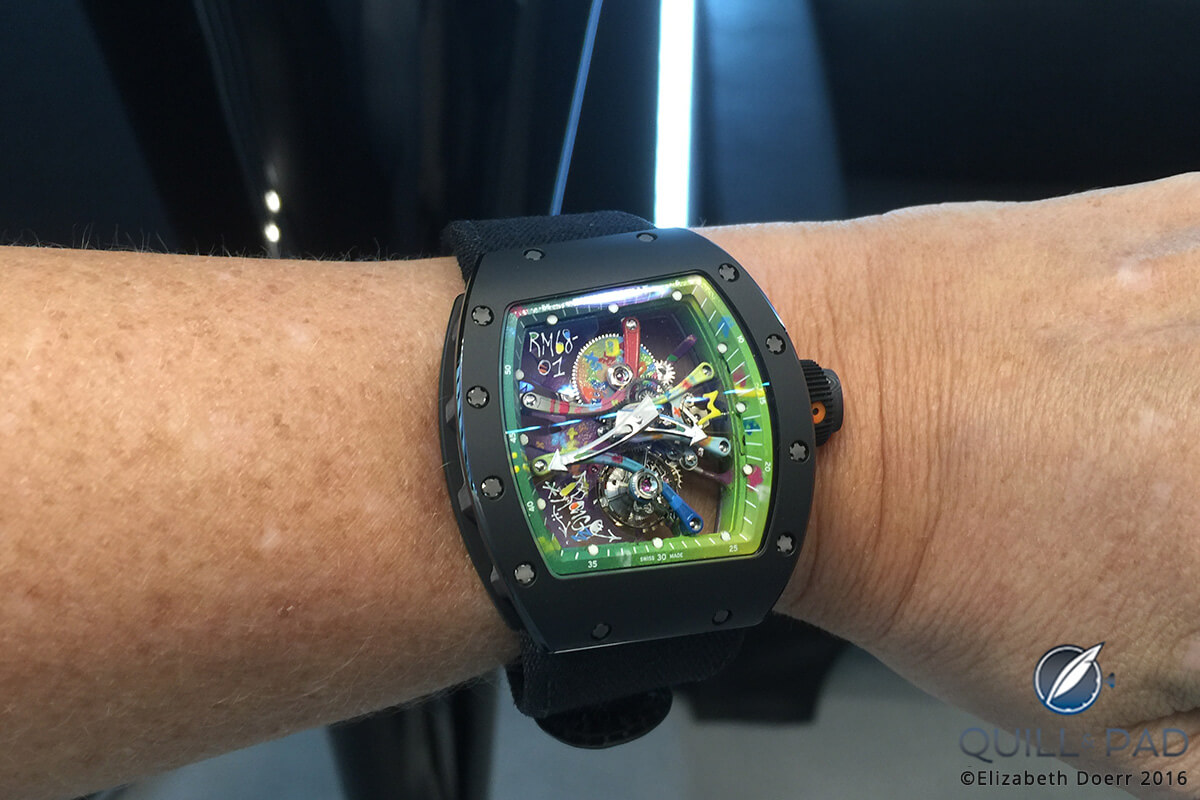
Richard Mille RM-68-01 Kongo
Kongo took each of those 30 watch movements in hand to apply his artwork to them using specially developed micro spray painting tools, which made each one unique. And what most people don’t understand is that even the miniscule weight of something like a coat of paint can throw off a watch movement’s reliability (see Street Artist Cyril Kongo Applies Graffiti Art To Richard Mille Movement In Extraordinary RM 68-01 for more on this watch).
The delicacy of that process cannot be overestimated. Yet Richard Mille’s technicians learned from and improved the technique – and used the experience gained from it here in the polarizing Bonbon collection.
Richard Mille Bonbons: the most modern-technology cases in the world of watchmaking
These ten Bonbon models display a combined total of 60 bright colors, six of which are found in the Carbon TPT and Quartz TPT cases – including the world premier of a new turquoise color. Many other hues across the collection are found in the four two-tone ceramic cases and the miniscule candies and fruits adorning the timepieces.
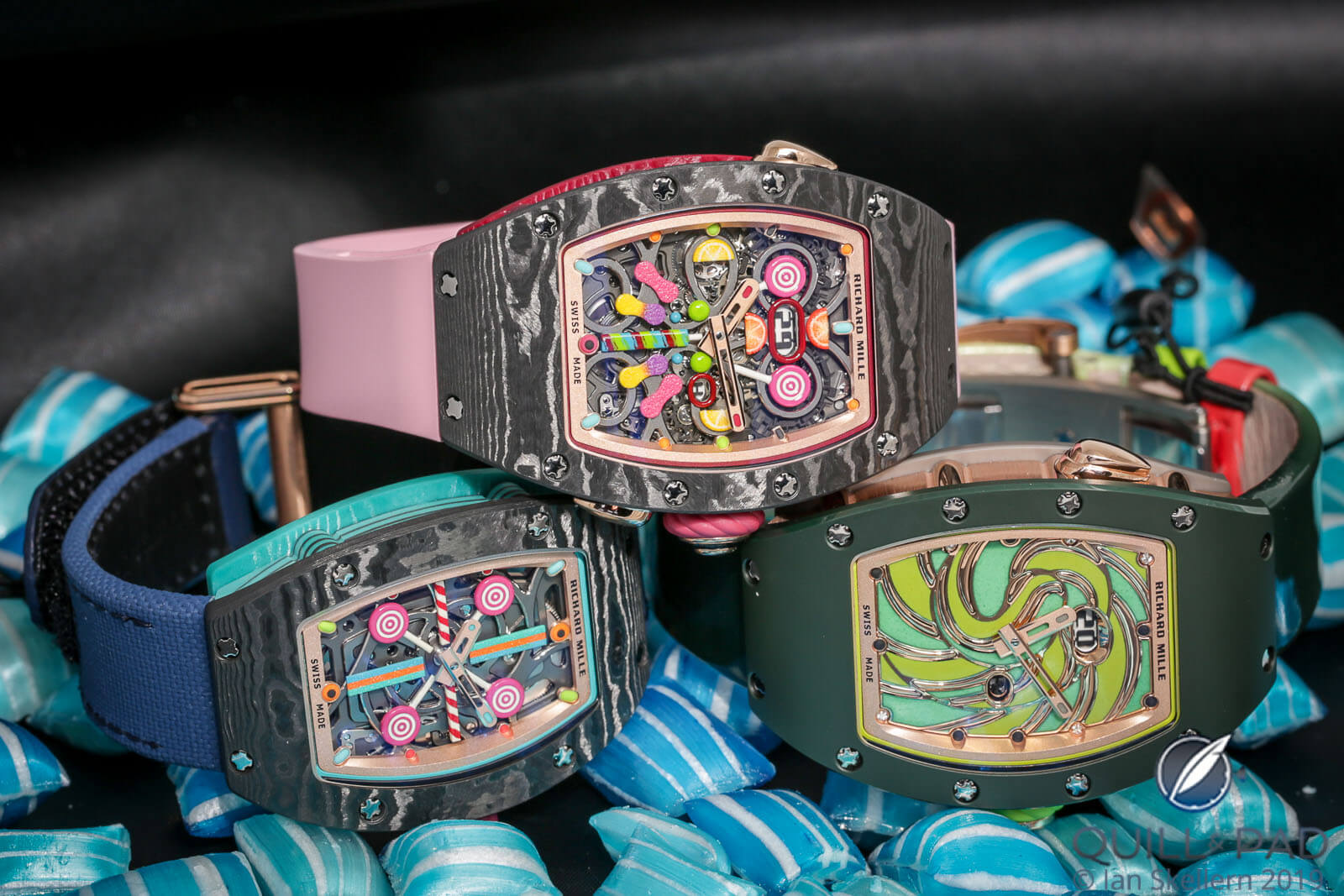
Richard Mille Bonbons: RM 37-01 Cerise (top) and RM 07-03 Myrtille (bottom left) with Carbon TPT/Quartz TPT cases and RM 37-01 Sucette with ceramic case and enamel dial
But let’s talk about the carbon and quartz TPT material, which was first used in 2015’s RM 27-02 Tourbillon Rafael Nadal, as it is a Richard Mille exclusive that forms a large base for the cases of this collection.
TPT stands for thin ply technology, which denotes a method for making ultra-thin unidirectional strand sheets of carbon fibers. These sheets don’t just comprise fibers; they are pre-impregnated (“prepreg”) “tapes” with resin for more accurate and controllable application.
The resin acts as a glue holding the carbon fibers together; when placed under heat and pressure, the resin flows between all the fibers and hardens to create the solid carbon fiber material. The TPT carbon tapes used in Richard Mille cases have layers that are, on average, around 45 microns in height.
The basic construction is the same for TPT Quartz, only it is composed not of carbon fibers but fused quartz fibers that start out as purified ground quartz crystals. These crystals are fused with heat and pressure to create quartz rods, which are drawn under an oxyhydrogen flame to create extremely long, continuous fibers of fused quartz.
North Thin Ply Technologies developed TPT Quartz in collaboration with Saint-Gobain Quartz, Reichhold, and Richard Mille. The result is the world’s first thin-ply quartz fiber prepreg material.
To achieve the desired look, however, Richard Mille’s cases are not entirely TPT Quartz but instead interspersed with layers of TPT Carbon; because quartz fibers are more flexible than carbon fibers, the addition maintains rigidity while increasing aesthetic impact.
Now a Richard Mille exclusive in the world of watches, it is only the advent of TPT Quartz that has enabled the brand to develop so many different and interesting color schemes – though I am certain that some may think the color is something easily changed. But adding color to something this technical is indeed quite tricky.
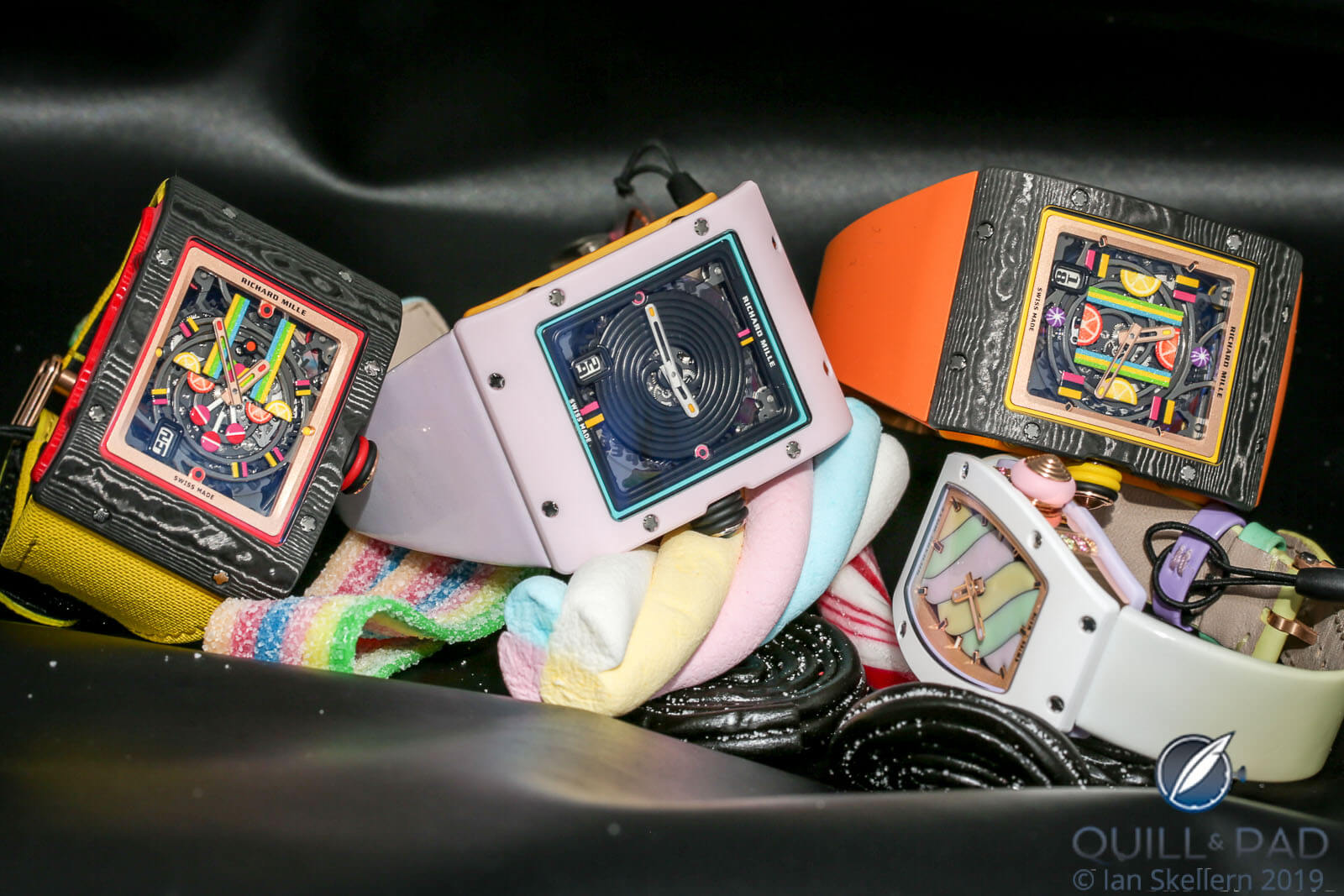
Richard Mille Bonbons: (l to r) RM 16-01 Fraise, RM 16-01 Réglisse, RM 16-01 Citron; RM 07-03 Marshmallow below
The color is added to the resin. And in most composites, resin is a clear material that dries into a glossy, hard surface, meaning that the color (and pattern) come from the fibers that make up the composite. Adding colors and tints to resins introduces a slight imbalance to the mixture that can inhibit or completely disrupt it. It’s a process that needs experimentation, testing, and fine tuning. And that doesn’t happen quickly.
The use of color in Richard Mille’s timepieces
Color has become a signature element for this brand, though the extreme vibrancy we are familiar with today likely only started in 2013 with the RM 59-01 Yohan Blake, which kicked off an unusual color palette that has become part of Richard Mille’s design language.
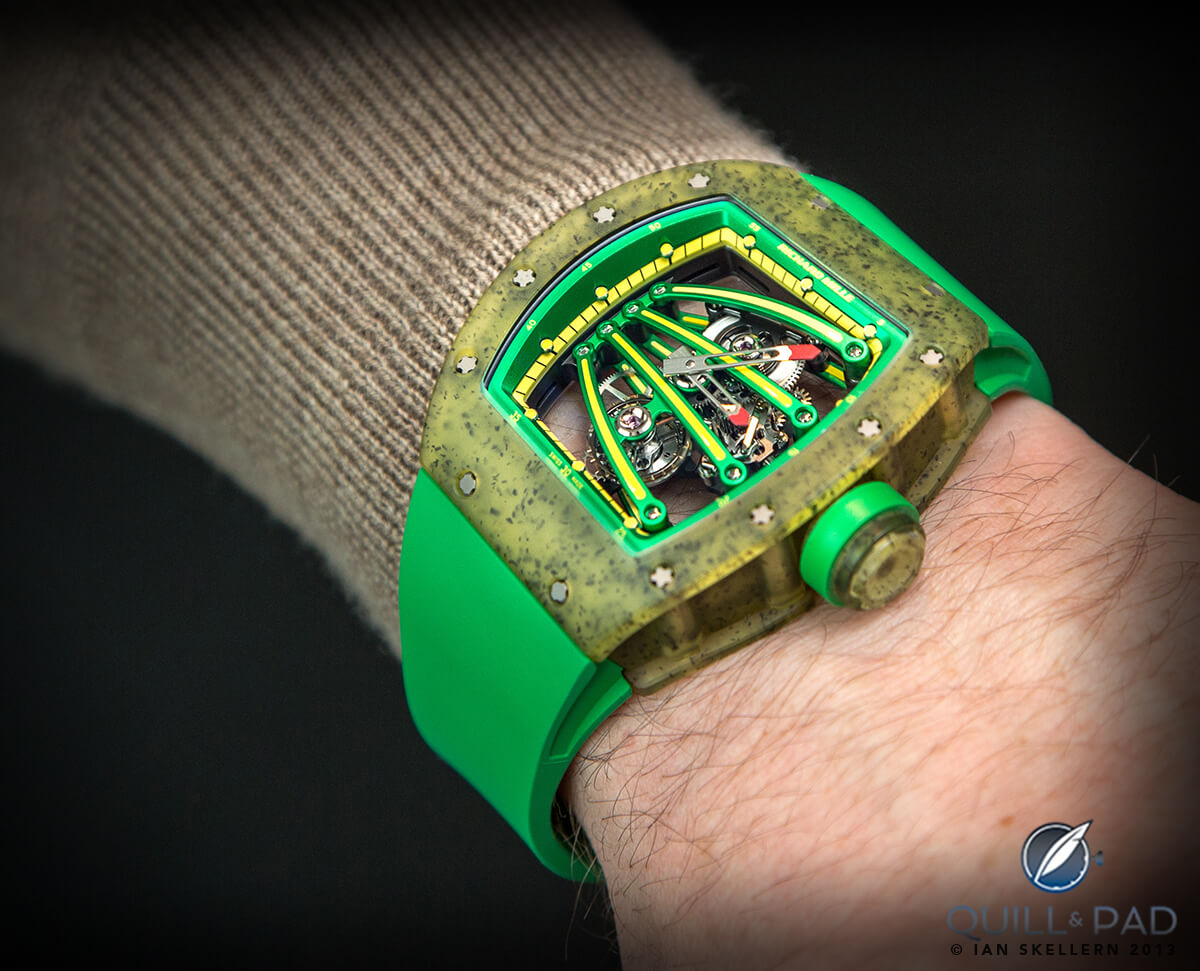
Richard Mille RM 59-01 Tourbillon Yohan Blake
Adopting the colors of the champion sprinter’s home Jamaican flag, that watch’s case comprised a green-tinted composite reinforced with carbon nanofibers revealing a skeletonized movement in two-tone green-and-yellow Anticorodal aluminum Pb109.
The red Quartz TPT RM 011 model of 2016 and the RM 27-03 Nadal, sporting the yellow and red of the tennis champion’s home Spanish flag, came next to push the envelope. And, no, these are not “normal” colors used in the world of haute horlogerie, where white, yellow, grey, and pink (gold) rule the roost.
Color is a form of expression at Richard Mille, and it is the combination of Carbon TPT and Quartz TPT that make the nuances in the hues possible – some of which alternate to even recreate the look of Stracciatella-style ice cream in the new Bonbon collection! Each new color is the outcome of innumerable tests in which quartz filaments are used to observe interactions between the constituents and the resin while being fired.
A new color takes a year of development to perfect, according to Aurèle Vuilleumier, research and development manager at Richard Mille. “And each pigment – each of which is natural – has a unique set of chemical reactions,” she explained.
“This collection is disruptive, elegant, daring and playful,” said the brand’s artistic director Cécile Guenat. “For me it was truly an opportunity to let loose and have fun revisiting childhood. Nonetheless, it was an ambitiously daring project entailing 18 months of development, entirely faithful to the spirit of Richard Mille, a serious brand that’s not afraid to break with tradition.”
The “sweets” of the Richard Mille Bonbon timepieces
The Bonbon collection is characterized by miniature candies, licorice, lollipops, candied fruits, and other sweets that look good enough to eat. But don’t be fooled: they comprise technical artistic elements. Guenat and her team created 16 different confectionery delights to use in the collection – and made 3,000 of them in total!
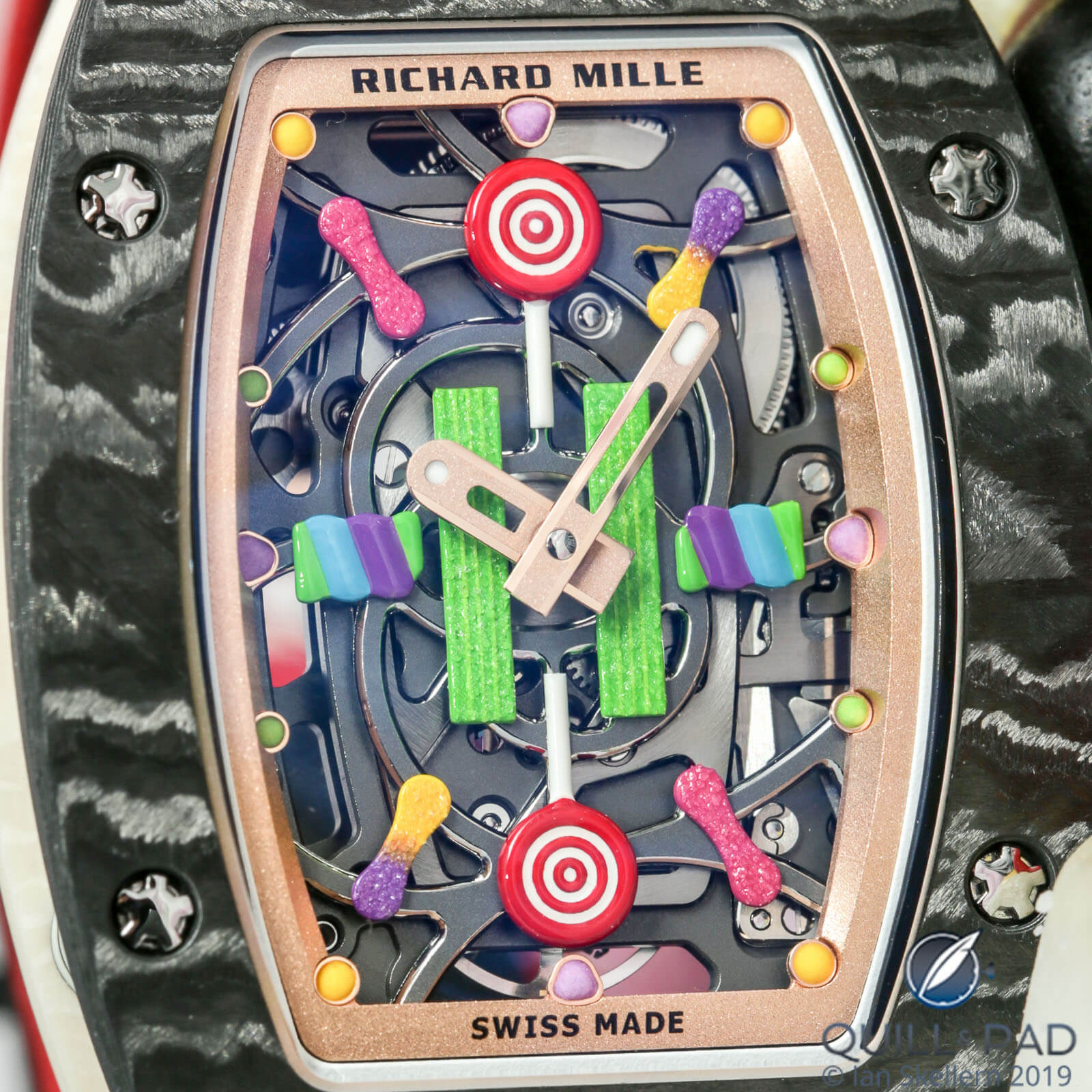
Richard Mille RM 07-03 Litchi
The gumdrops, gelato, marshmallows, licorice rolls, and candies are all machined from sheets of solid titanium and entirely painted by hand to simulate the texture of sugar coating. Each of the ten models also boasts unique candy-themed indexes and flanges mounted to the framework of the open dials along with the candy elements.
This openwork frame is a skeletonized plate of grade 5 titanium that has been sanded and beveled by hand. The miniature candies and fruits were of course extensively tested for risk of coming loose before being added.
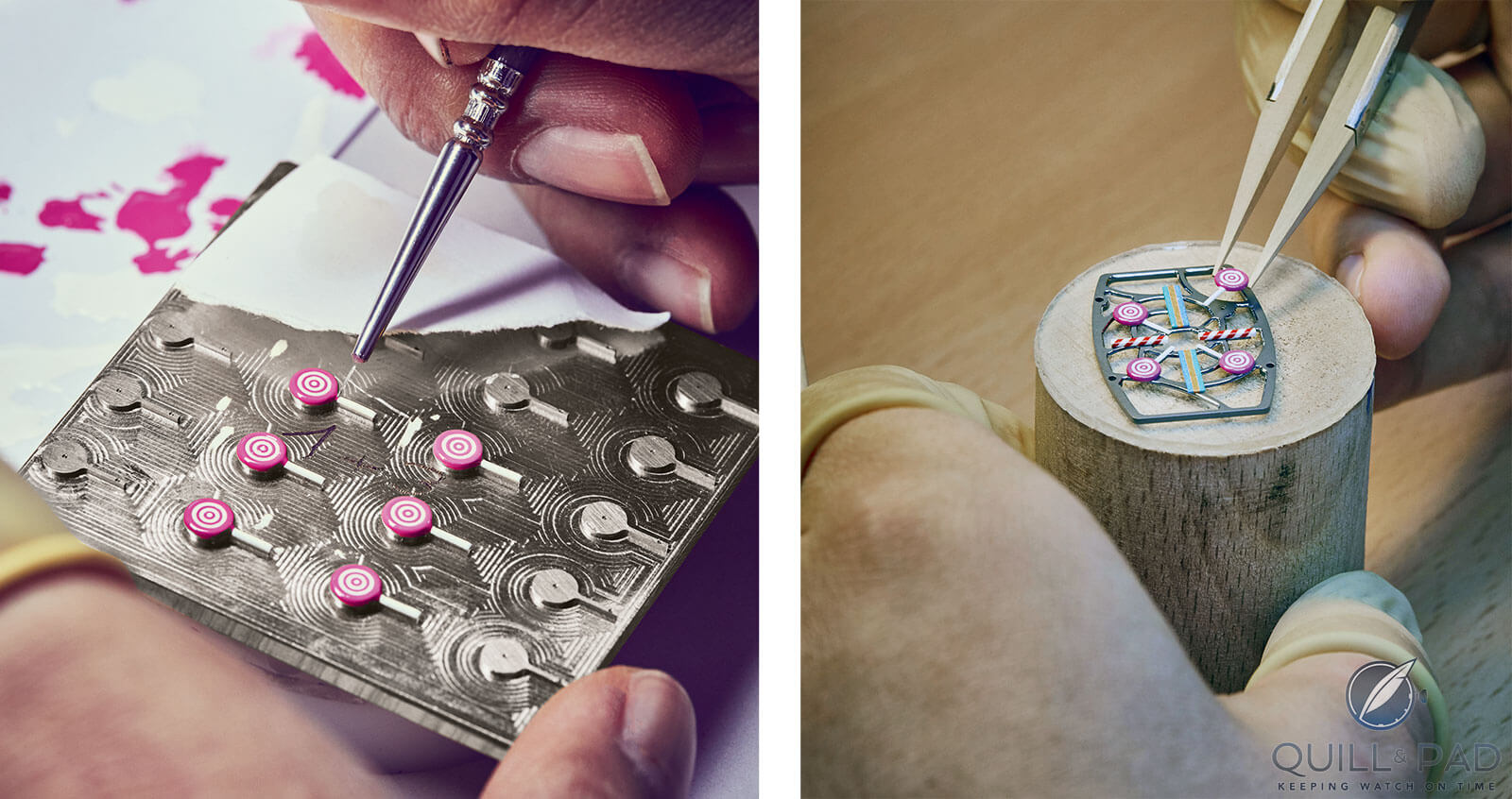
Making ‘lollipops’ out of titanium for the Richard Mille Bonbon collection
Some of the crowns are shaped like frosted cupcakes or donuts.
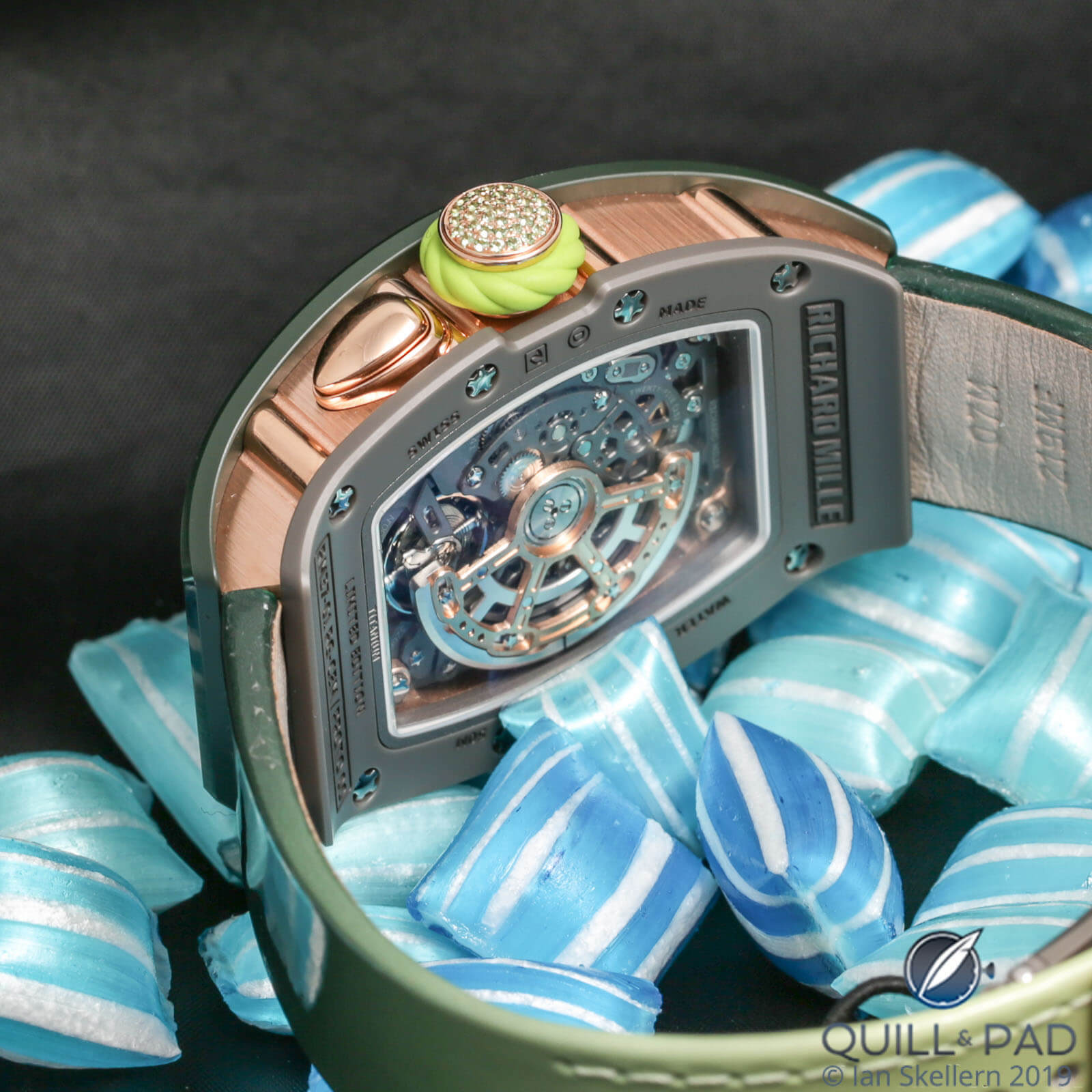
Check out the gem-set donut-shaped crown on the Richard Mille RM 37-01 Sucette
“The multiplicity, miniaturization, and playful quality of the fruits and candies constitute a deliberate departure from classical watchmaking, as do their bright colors and stylized appearance,” Guenat sums up.
Richard Mille Bonbon Fruits: RM 07-03, RM 37-01, and RM 16-01
“This was also an opportunity to revisit existing collections from a new perspective and give them a bit of a twist, make them fun,” Guenat stressed. And she is so right!
The rectangular RM 16-01 is available in lemon (Citron) or strawberry (Fraise) flavors, while the smaller sized RM 07-03 comes in Litchi or Myrtille (blueberry). The incredibly detailed 37-01 is available in Kiwi or Cerise (cherry).
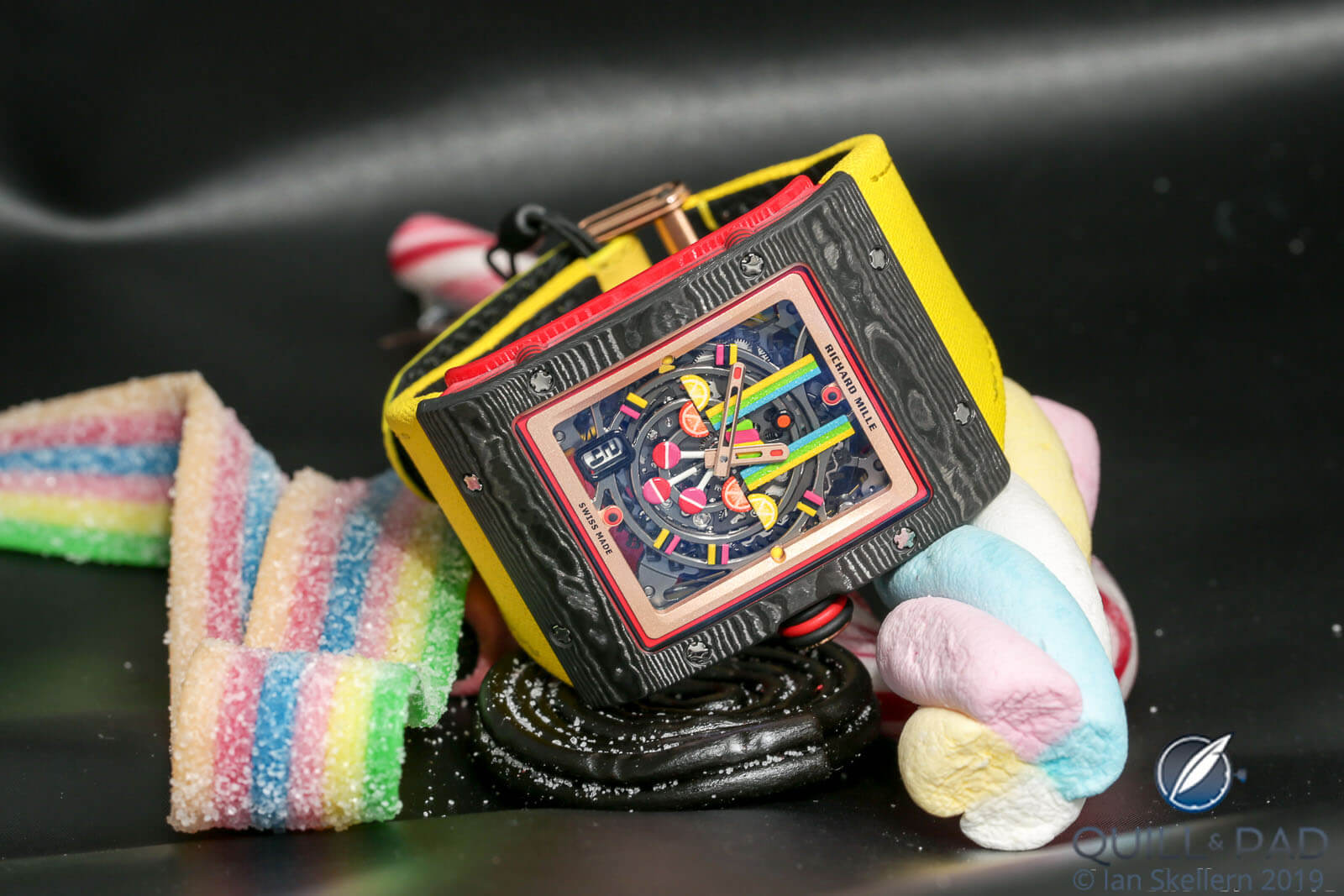
Richard Mille RM 16-01 Fraise
These two versions of the RM 16-01 are a bit different from each other aside from just the color of the case, too. The skeletonized dial of the Fraise version contains two sour gummy ribbons, two candied lemon wedges, two candied orange slices, three lollipops, five licorice Allsorts, one round licorice, and one marshmallow, while the Citron variation displays four licorice Allsorts, two candied lemon wedges, two candied orange slices, two sour gummy ribbons, and two purple candies.
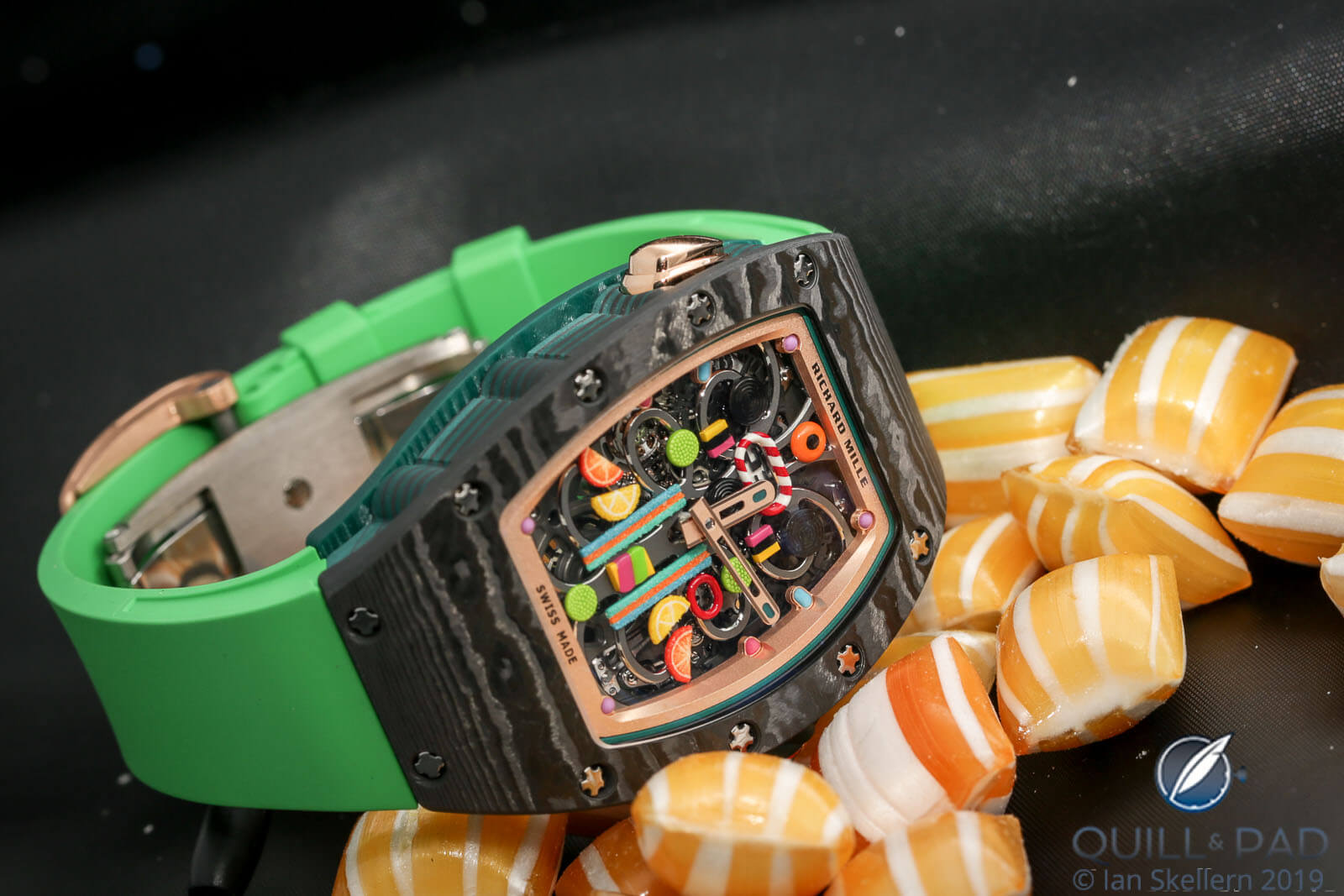
Richard Mille RM 37-01 Kiwi
The 37-01 models available in Kiwi or Cerise (“cherry”) are also different from each other in their “sweet” decorations. The 37-01 Kiwi’s dial features two sour gummy ribbons, two candied lemon wedges, two candied orange slices, three licorice rolls, two square Allsorts, three blackberries, and one marshmallow that look good enough to eat!
The 37-01 Cerise – my personal favorite – includes two candied lemon wedges, two candied orange slices, a popsicle, two lollipops, four sour tongues, two green gumdrops, and two blue gumdrops.
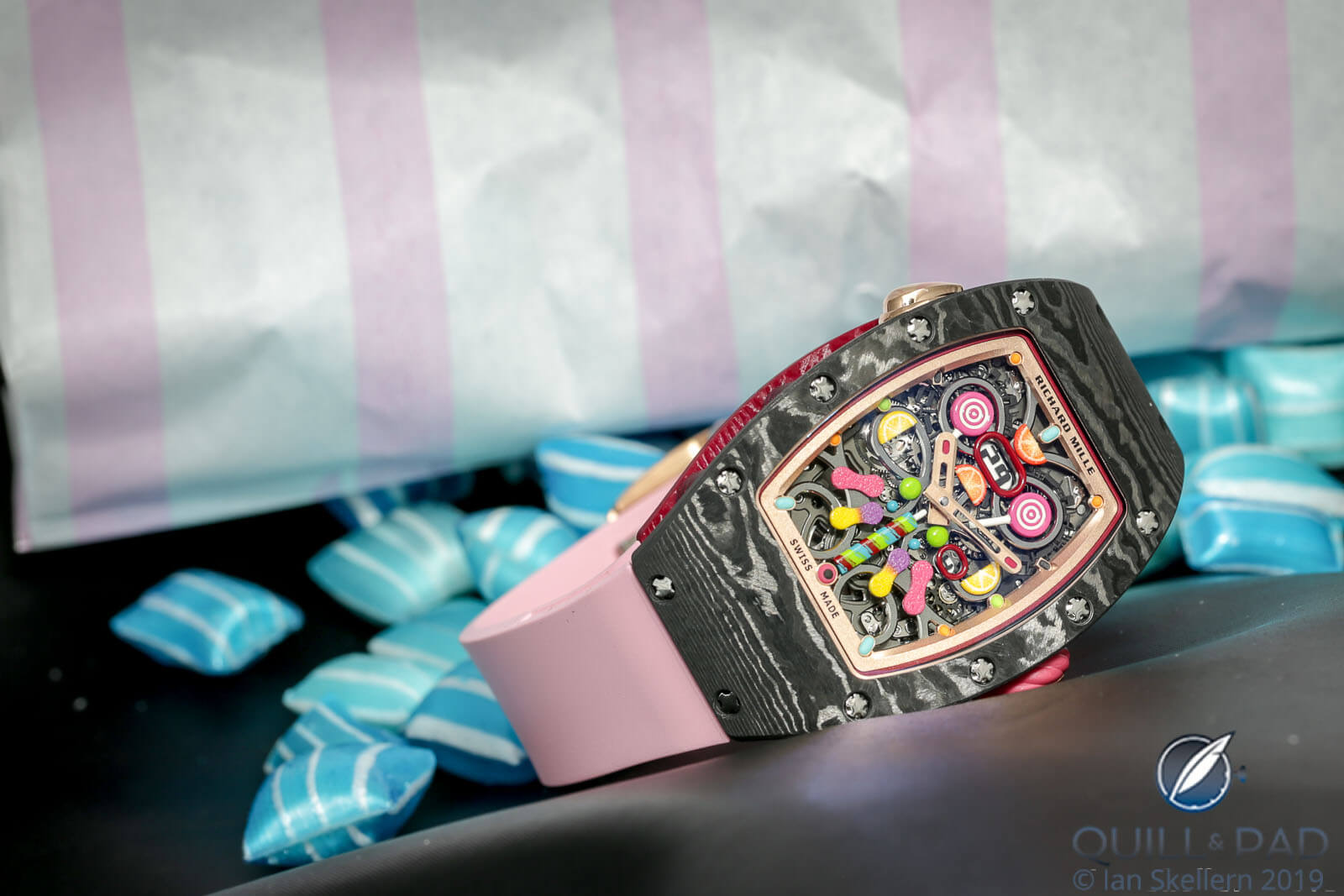
Richard Mille RM 37-01 Cerise
The tonneau-shaped ladies’ RM 07-03 is home to the Litchi and Myrtille models, the latter of which boasts the brand-new turquoise TPT Quartz case band. Its dial offers four lollipops, two pixie sticks, and two sour gummy ribbons, all symmetrically placed to visually divide it into quarters. The Litchi version’s dial contains two sour gummy ribbons, two lollipops, two marshmallows, and four sour tongues.
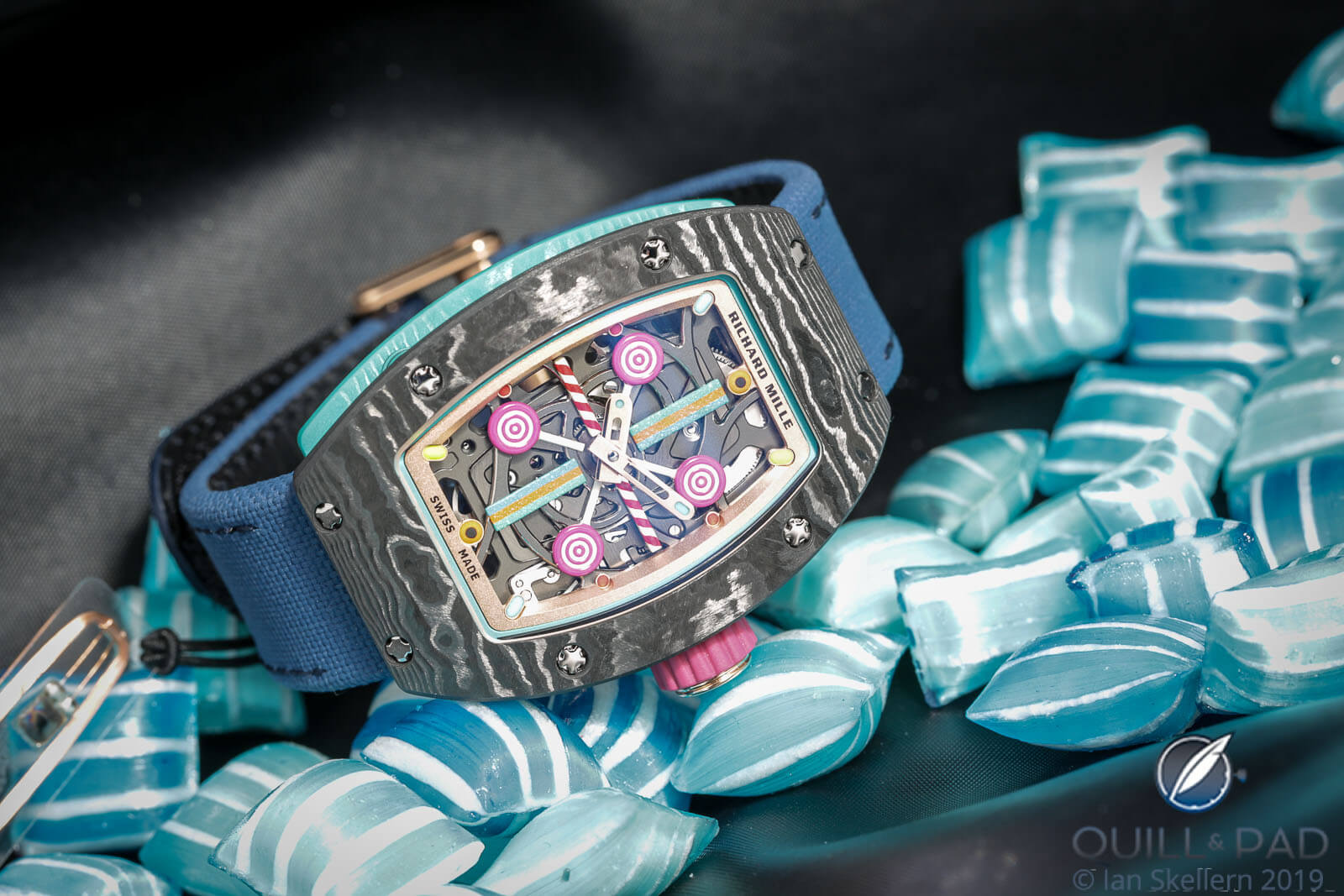
Richard Mille RM 07-03 Myrtille: note the world-premier turquoise TPT Quartz case band
Richard Mille Bonbon Sweets: RM 37-01 Sucette, RM 16-01 Réglisse, RM 07-03 Cupcake, and RM 07-03 Marshmallow
This part of the line housed in two-tone ceramic cases is about textures, materials, and colors – the case surfaces alone seem to want to melt in your mouth! Their bezels and case backs are crafted in high-performance TZP ceramic, machined from solid blocks of the material.
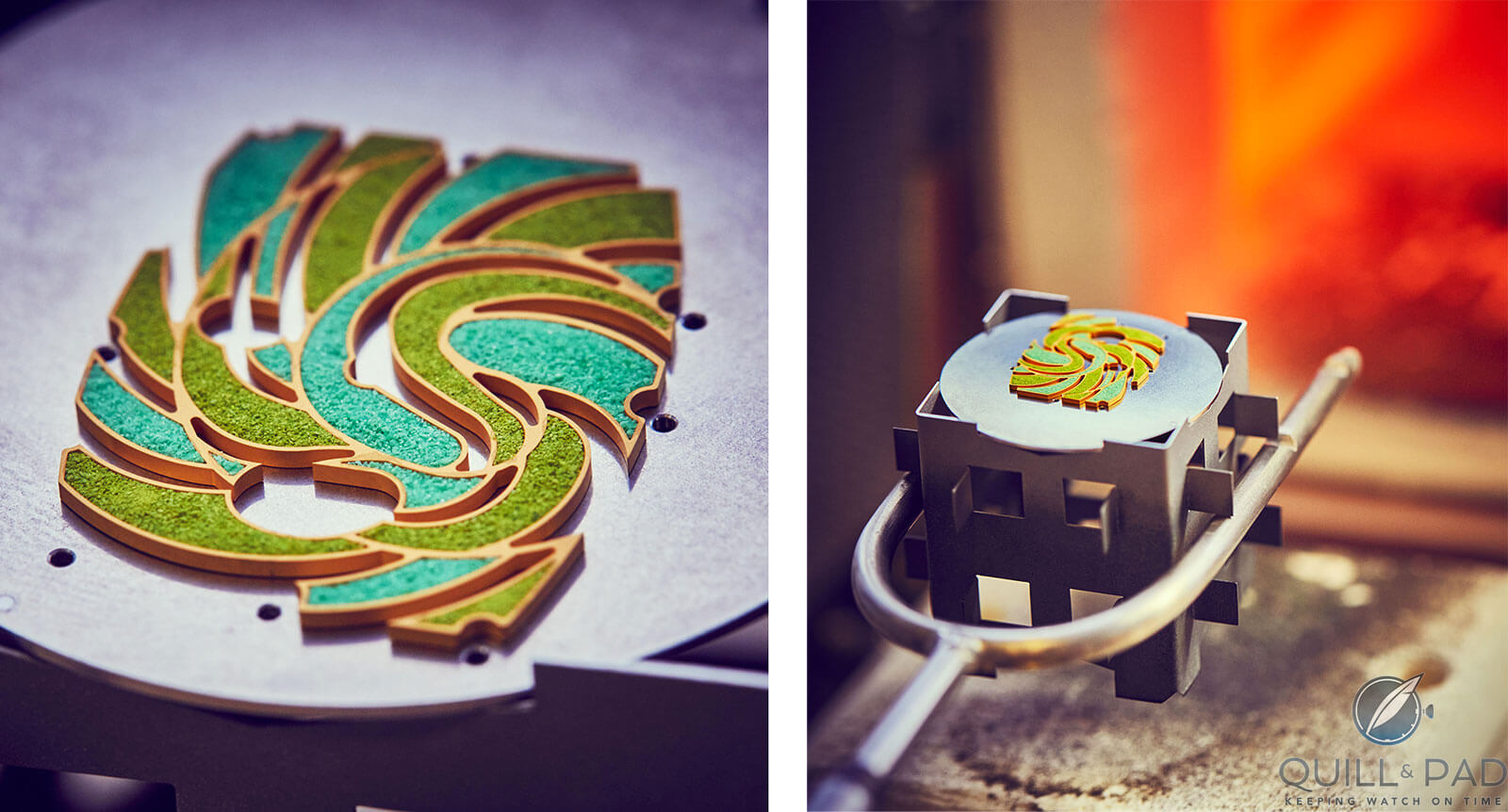
Firing the enamel dial of the Richard Mille RM-37-01 Sucette
Their dials – all high-fire enamel except the RM 16-01 Réglisse, which comprises blackened chrome – are shaped like giant sweets, motifs that dominate the visuals of these models.
High-fire or oven-fired enamel (grand feu as it is known in Switzerland) is one of the most elegant techniques used in watchmaking. But here it is used in a brand-new way, combined with firing and glazing methods that are slightly different from the norm.
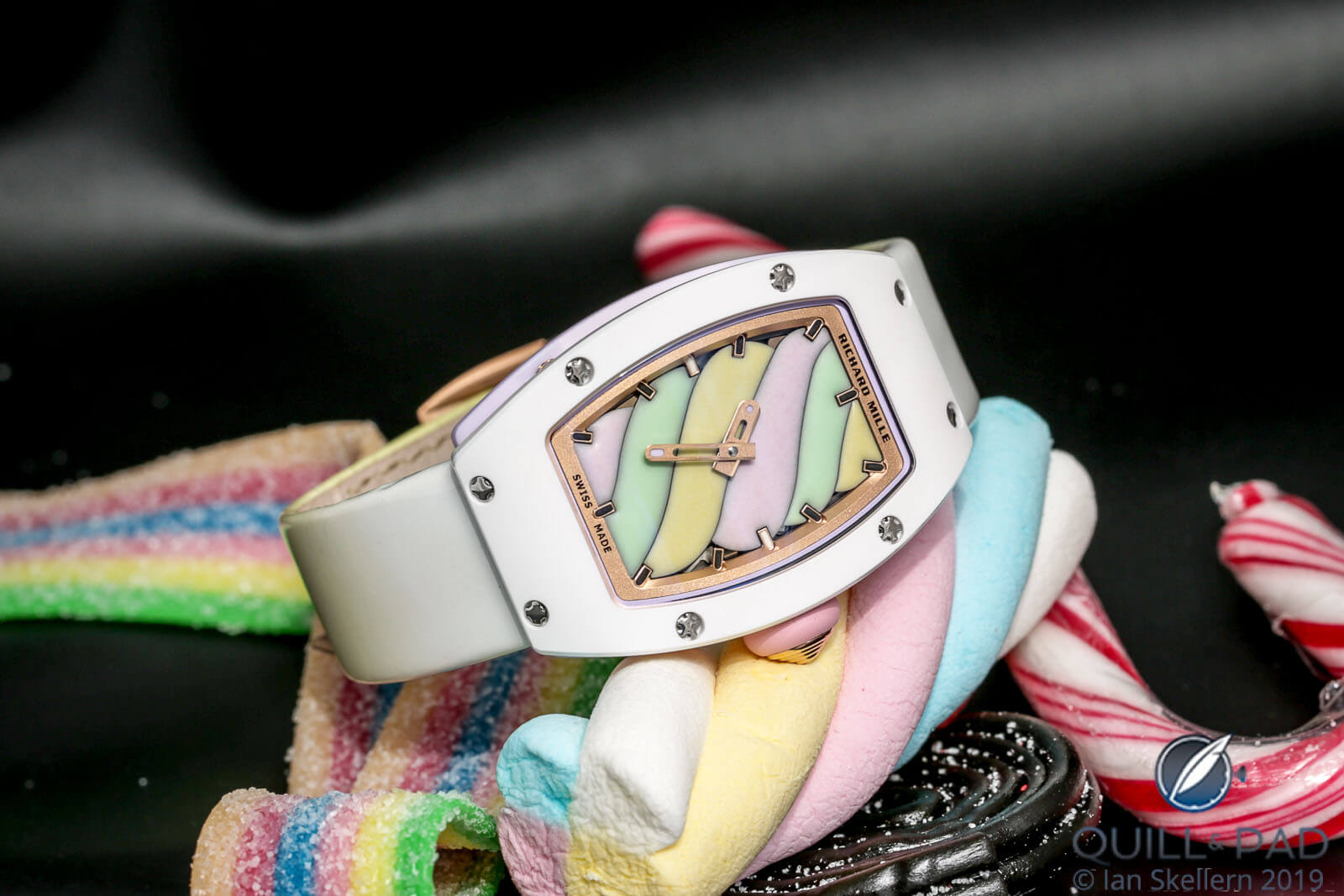
Richard Mille RM 07-03 Marshmallow
“Rather than lapidation [a polishing down of the material], we have chosen to sand the grand feu enamel on the RM 07-03 Marshmallow in order to preserve the volume and appearance of the material itself,” Guenat explains. “This is how we achieve the fluffy quality of the marshmallow on the dial.”
The RM 07-03 Marshmallow looks exactly like its name with its creamy lavender TZP ceramic case, red gold case band set with pink sapphires, citrines, and tsavorites, and an edible-looking crown. Its enamel dial is not made of one piece of metal, but several plates fitted together. “And we made the decision not to add a border to the dial, leaving an arbitrary contour,” Guenat continues.
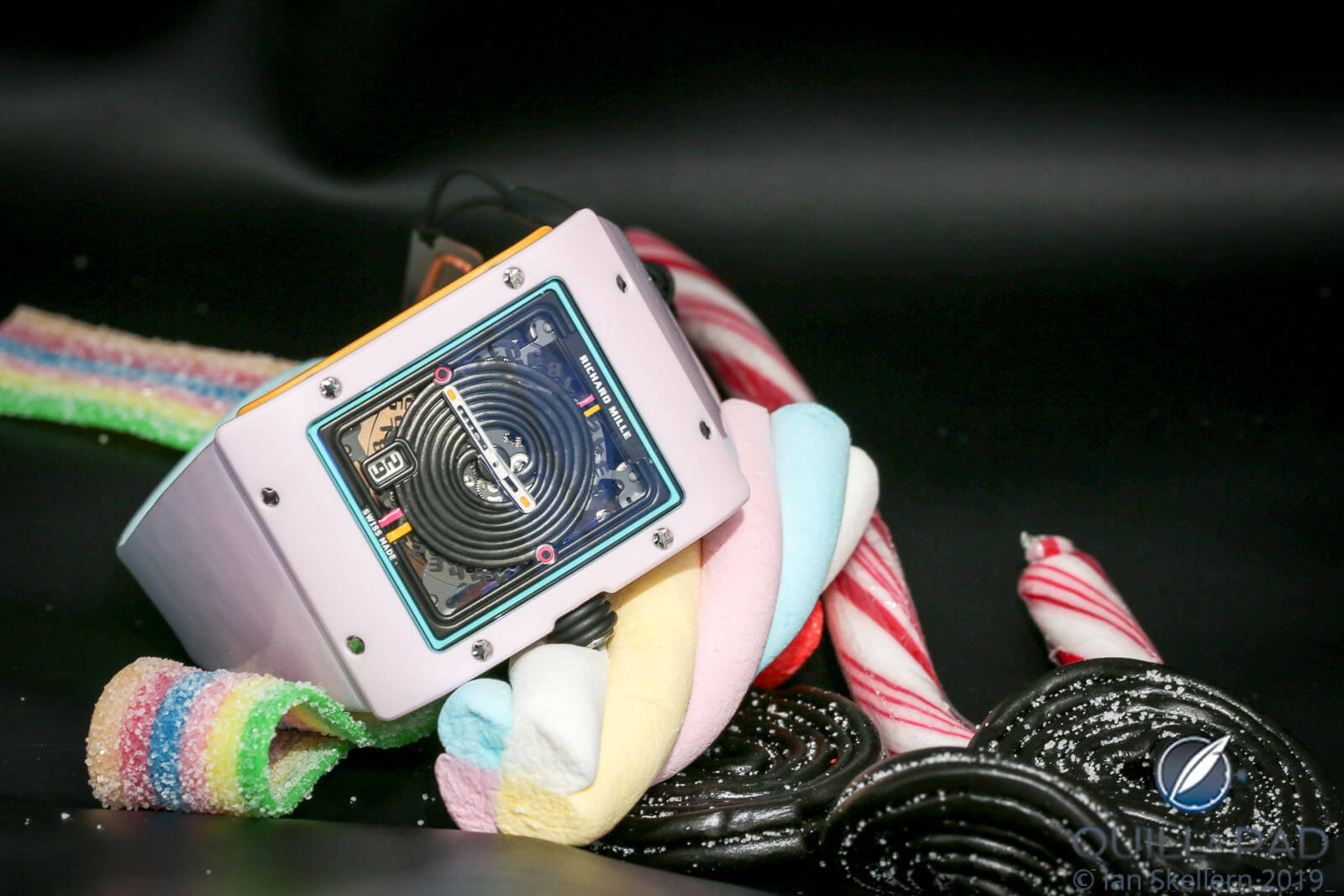
Richard Mille RM 16-01 Réglisse
The RM 16-01 Réglisse features two small square licorice Allsorts and two round Allsorts as the hour markers at 12, 3, 6, and 9 o’clock, while the center of the dial is a large piece of rolled licorice that is stamped from a solid block of titanium, finished using haute horlogerie techniques, and coated with black chrome to get the waxy texture of licorice.
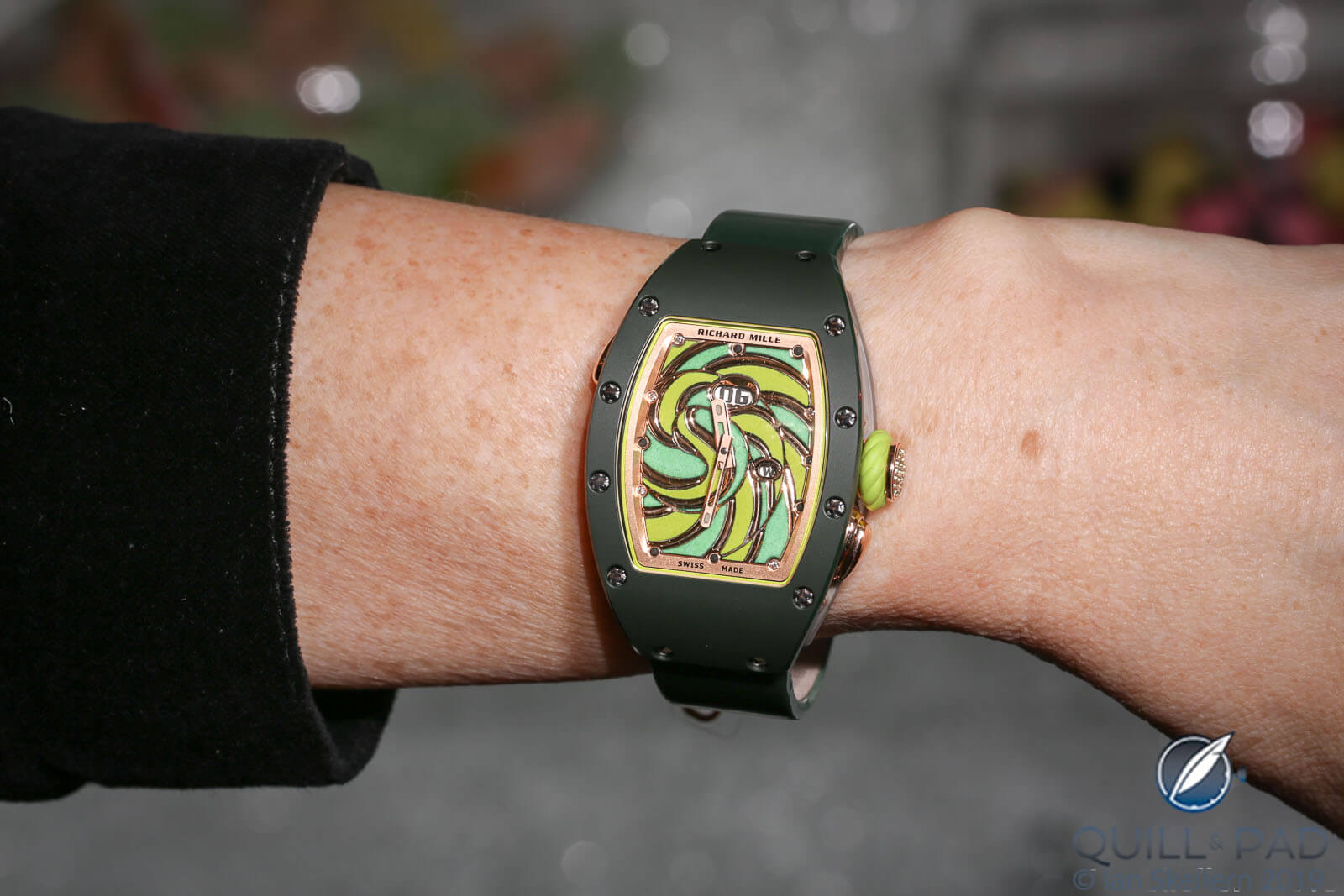
Richard Mille RM 37-01 Sucette on the wrist
The RM 37-01 Sucette (“lollipop”) not only features an enamel dial, but also diamonds as hour markers and tsavorites adorning the crown. “Truly distinctive, a harmonious juxtaposition of more ‘serious’ green garnet shades with red gold is gorgeous here,” Guenat gushes.
The enamel dial of the RM 07-03 Cupcake is dotted with candy “sprinkles” that are in reality two shades of blue sapphires, tsavorites, and diamonds. The crown is immediately recognizable as a cupcake.
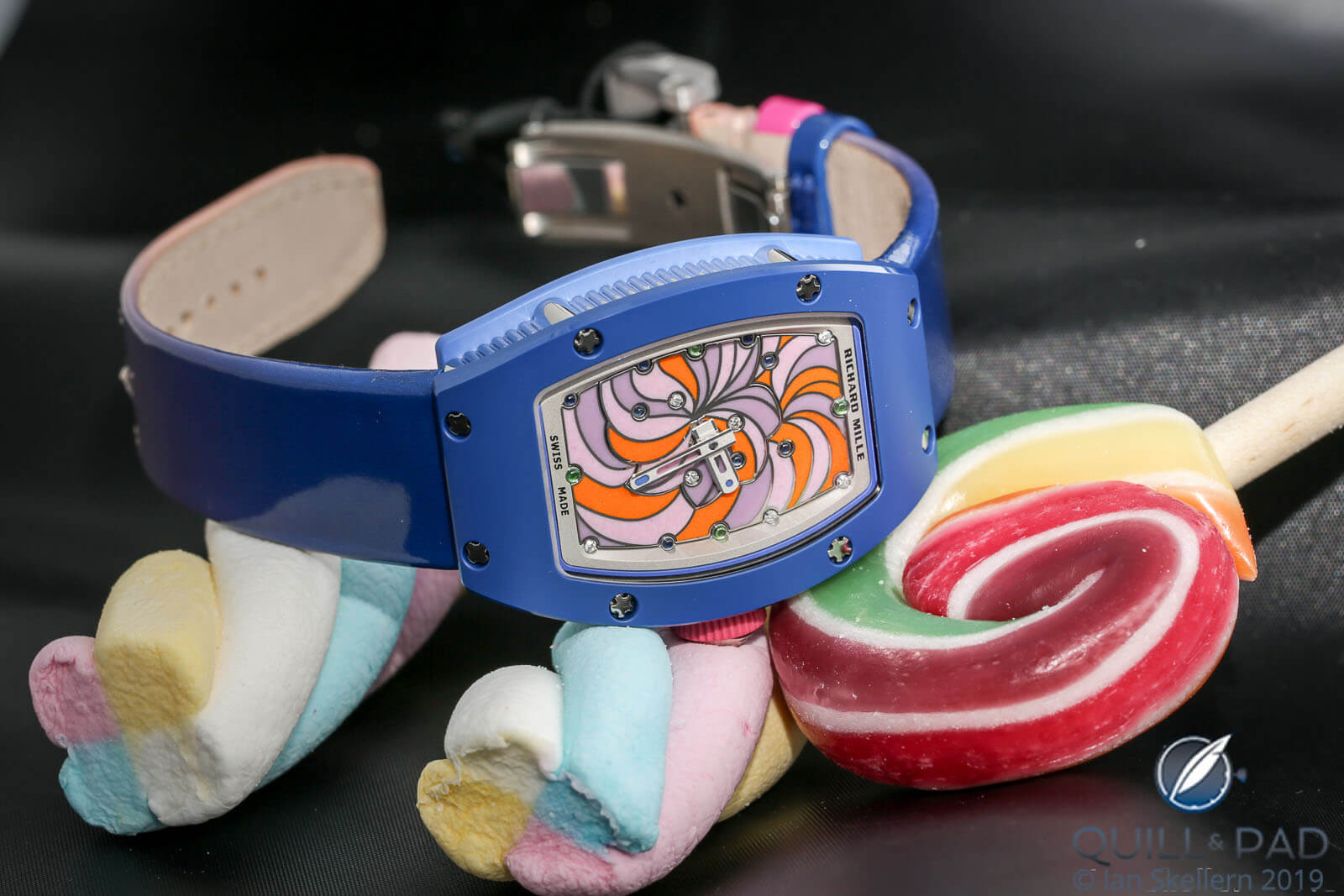
Richard Mille RM 07-03 Cupcake
This form of horological creativity is not only colorful, it is also daring. How would the normally conservative clientele of high-end watchmaking react to these timepieces inspired by classic sweets?
I can report that during the fair, the booth and its contents were quite appreciated and widely discussed. My information is also that the 300 timepieces available ranging in price between $122,500 and $158,000 almost entirely sold out before the fair week in Geneva had run its course.
Are Richard Mille and his artistic director Cécile Guenat the new enfants terribles of watchmaking – following in the footsteps of giants such as Gérald Genta and Alain Silberstein, who shocked the industry with crazy, fun, colorful creations in their heydays?
Quite possibly.
For more information, please visit www.richardmille.com/en/magazine/collection-richard-mille-bonbon.
Quick Facts Richard Mille RM 07-03 Marshmallow
Case: lavender TZP ceramic bezel and case back, red gold case band set with precious stones, 45.32 x 32.3 x 11.93 mm
Dial: red gold and titanium, hand-enameled
Movement: automatic in-house Caliber CRMA2, skeletonized, power reserve approx. 50 hours, base plate and bridges in titanium, free-sprung balance with variable inertia, variable-geometry rotor, fast-rotating barrel, 4 Hz/28,800 vph frequency
Functions: hours, minutes
Limitation: 30 pieces
Quick Facts Richard Mille RM 07-03 Cupcake
Case: blue TZP ceramic bezel and case back, white gold case band, 45.32 x 32.3 x 11.93 mm
Dial: red gold and titanium, hand-enameled, set with precious stones
Movement: automatic in-house Caliber CRMA2, skeletonized, power reserve approx. 50 hours, base plate and bridges in titanium, free-sprung balance with variable inertia, variable-geometry rotor, fast-rotating barrel, 4 Hz/28,800 vph frequency
Functions: hours, minutes
Limitation: 30 pieces
Quick Facts Richard Mille RM 07-03 Automatic Myrtille
Case: Carbon TPT with Quartz TPT case back, 45.32 x 32.3 x 11.93 mm
Dial: titanium with grey Titalyt treatment; candies painted with acrylic and lacquered
Movement: automatic in-house Caliber CRMA2, skeletonized, power reserve approx. 50 hours, base plate and bridges in titanium, free-sprung balance with variable inertia, variable-geometry rotor, fast-rotating barrel, 4 Hz/28,800 vph frequency
Functions: hours, minutes
Limitation: 30 pieces
Quick Facts Richard Mille RM 07-03 Automatic Litschi
Case: Carbon TPT with Quartz TPT case back, 45.32 x 32.3 x 11.93 mm
Dial: titanium with grey Titalyt treatment; candies painted with acrylic and lacquered
Movement: automatic in-house Caliber CRMA2, skeletonized, power reserve approx. 50 hours, base plate and bridges in titanium, free-sprung balance with variable inertia, variable-geometry rotor, fast-rotating barrel, 4 Hz/28,800 vph frequency
Functions: hours, minutes
Limitation: 30 pieces
Quick Facts Richard Mille RM 16-01 Automatic Citron
Case: Carbon TPT with Quartz TPT case back, 38 x 50.2 x 9.88 mm
Dial: titanium with grey Titalyt treatment; candies painted with acrylic and lacquered
Movement: automatic Caliber RM16-01, skeletonized, power reserve approx. 55 hours, base plate and bridges in titanium, free-sprung balance with variable inertia, variable-geometry rotor, fast-rotating barrel, 4 Hz/28,800 vph frequency
Functions: hours, minutes; date
Limitation: 30 pieces
Quick Facts Richard Mille RM 16-01 Automatic Fraise
Case: Carbon TPT with Quartz TPT case back, 38 x 50.2 x 9.88 mm
Dial: titanium with grey Titalyt treatment; candies painted with acrylic and lacquered
Movement: automatic Caliber RM16-01, skeletonized, power reserve approx. 55 hours, base plate and bridges in titanium, free-sprung balance with variable inertia, variable-geometry rotor, fast-rotating barrel, 4 Hz/28,800 vph frequency
Functions: hours, minutes; date
Limitation: 30 pieces
Quick Facts Richard Mille RM 16-01 Automatic Réglisse
Case: TZP ceramic with white gold case band, 38 x 50.2 x 9.88 mm
Dial: titanium with black chrome treatment
Movement: automatic Caliber RM16-01, skeletonized, power reserve approx. 55 hours, base plate and bridges in titanium, free-sprung balance with variable inertia, variable-geometry rotor, fast-rotating barrel, 4 Hz/28,800 vph frequency
Functions: hours, minutes; date
Limitation: 30 pieces
Quick Facts Richard Mille RM 37-01 Automatic Sucette
Case: TZP ceramic with red gold case band, 34.4 x 52.65 x 13.08 mm
Dial: red gold, hand-enameled
Movement: automatic in-house Caliber CRMA1, skeletonized, power reserve approx. 55 hours, base plate and bridges in titanium, free-sprung balance with variable inertia, variable-geometry rotor, fast-rotating barrel, 4 Hz/28,800 vph frequency
Functions: hours, minutes; date
Limitation: 30 pieces
Quick Facts Richard Mille RM 37-01 Automatic Cerise
Case: Carbon TPT with Quartz TPT, 34.4 x 52.65 x 13.08 mm
Dial: titanium with grey Titalyt treatment; candies painted with acrylic and lacquered
Movement: automatic in-house Caliber CRMA1, skeletonized, power reserve approx. 55 hours, base plate and bridges in titanium, free-sprung balance with variable inertia, variable-geometry rotor, fast-rotating barrel, 4 Hz/28,800 vph frequency
Functions: hours, minutes; date
Limitation: 30 pieces
Quick Facts Richard Mille RM 37-01 Automatic Kiwi
Case: Carbon TPT with Quartz TPT, 34.4 x 52.65 x 13.08 mm
Dial: titanium with grey Titalyt treatment; candies painted with acrylic and lacquered
Movement: automatic in-house Caliber CRMA1, skeletonized, power reserve approx. 55 hours, base plate and bridges in titanium, free-sprung balance with variable inertia, variable-geometry rotor, fast-rotating barrel, 4 Hz/28,800 vph frequency
Functions: hours, minutes; date
Limitation: 30 pieces
You may also enjoy:
Spending Time With The Richard Mille RM 07-02 Pink Lady Sapphire
Surprising Use Of Quartz: Richard Mille RM 011 Red TPT Quartz Automatic Flyback Chronograph
Leave a Reply
Want to join the discussion?Feel free to contribute!








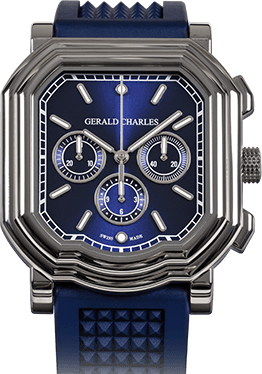
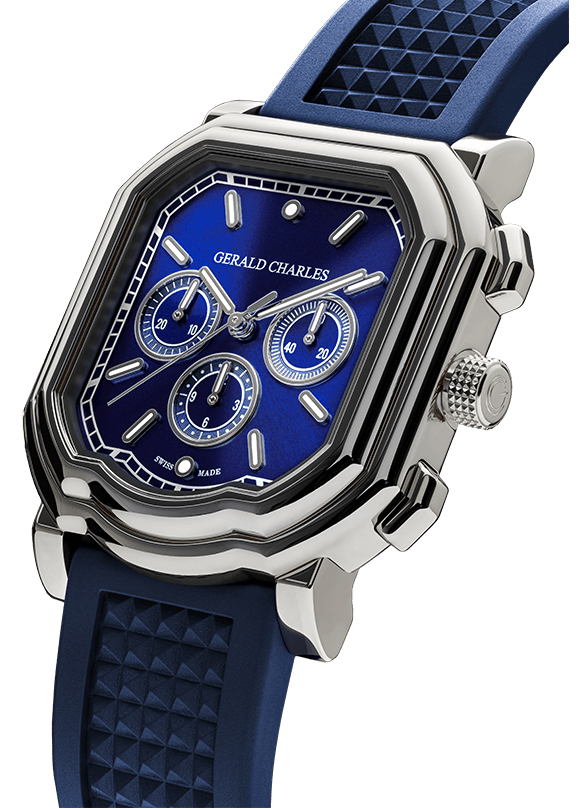

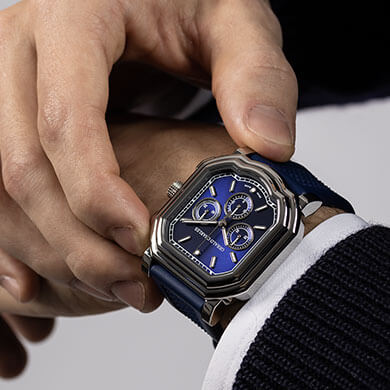
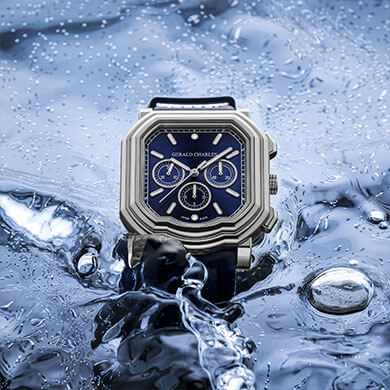

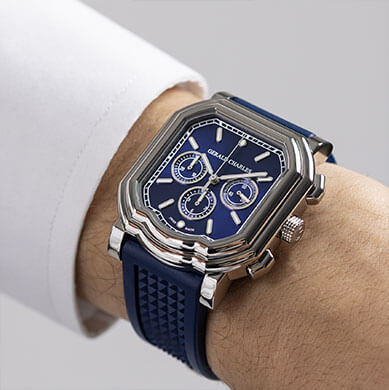



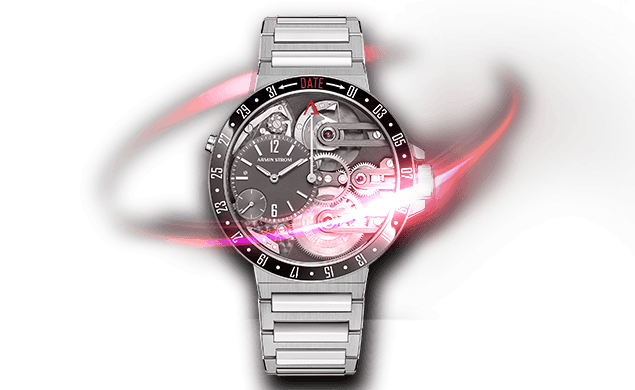
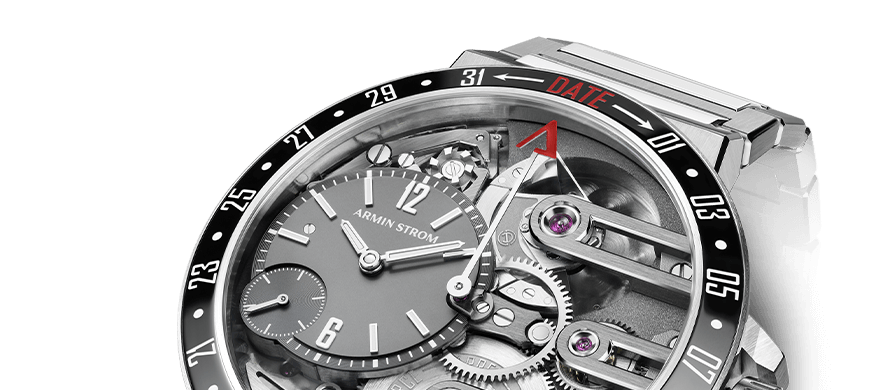
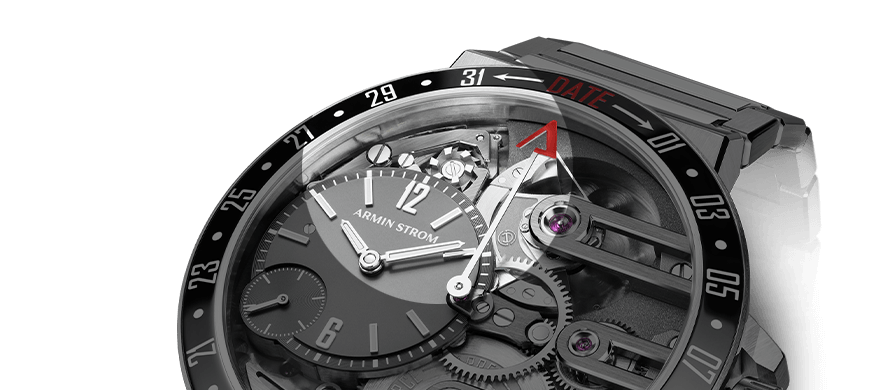


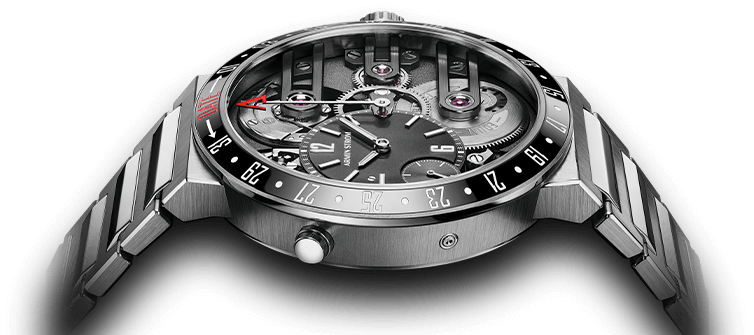
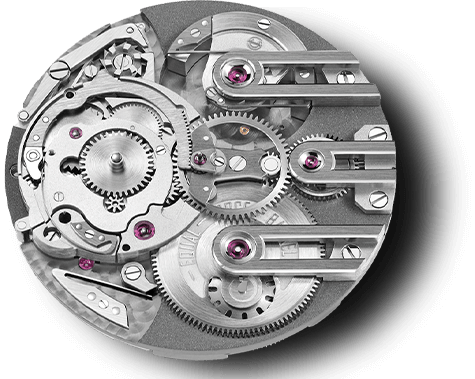

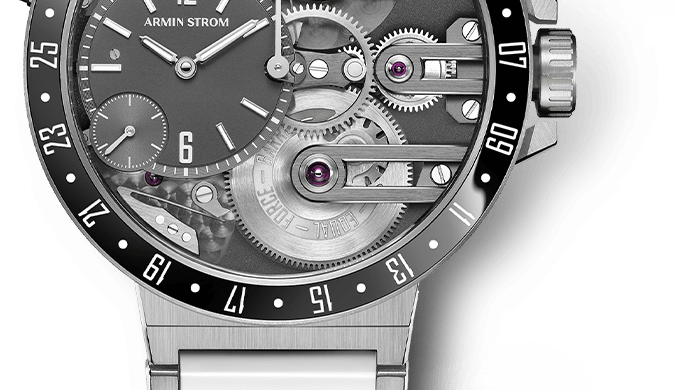
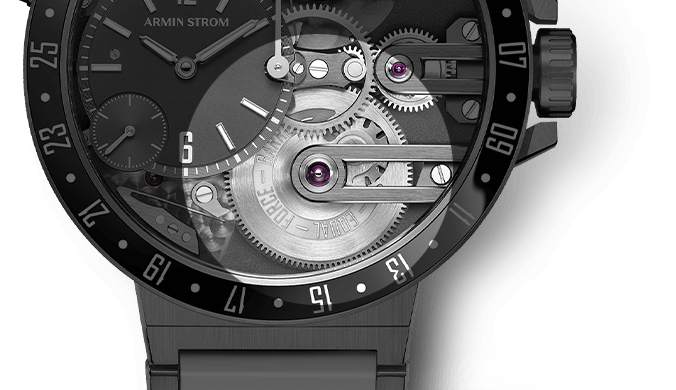






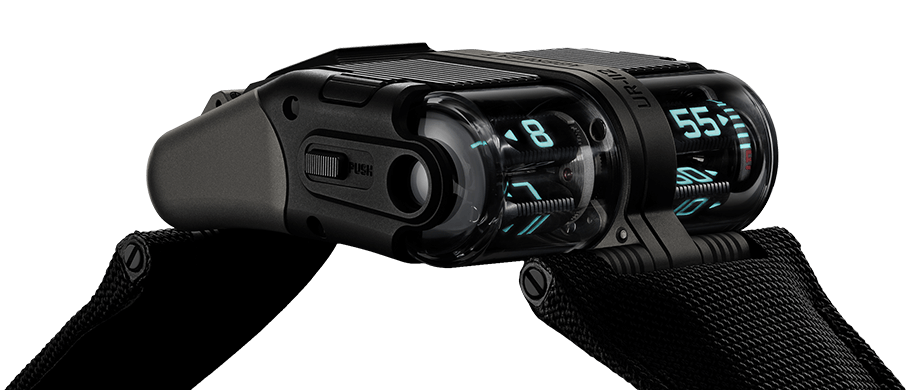














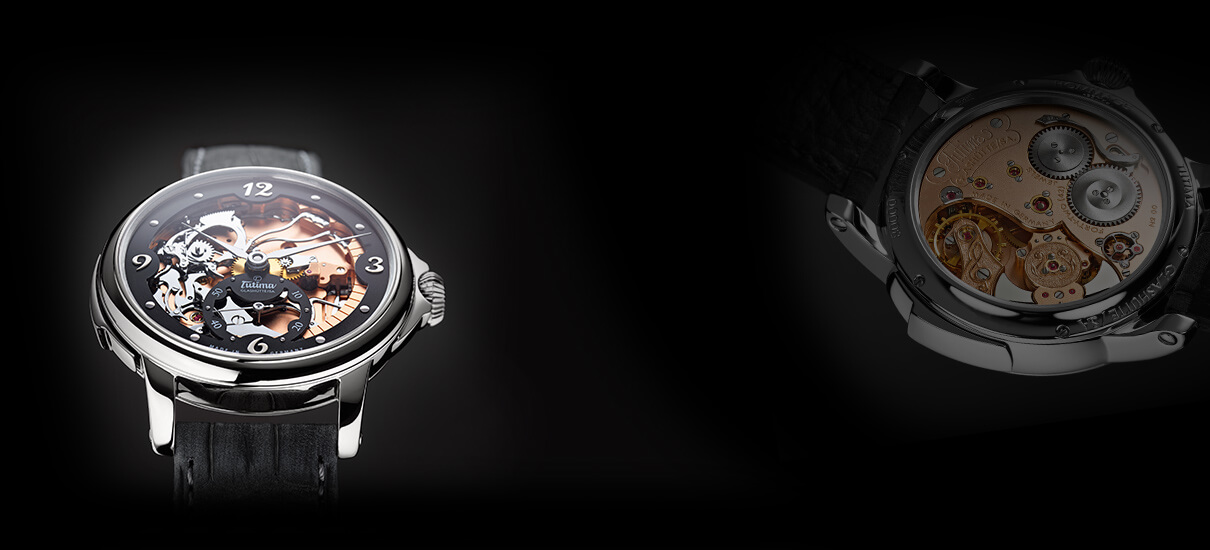



Does anyone remember Alain Silverstein. He made colorful watches at cheap prices. Actually they had more design. He went out of business because he wasn’t smart enough to charge more than they were worth.
Alain Silberstein (with a b in his name) remains one of my favorite designers. His watches were not cheap, and I highly doubt that’s why his business failed in the end. In 2006, his chronographs cost between €7,000 and €10,000 retail and his tourbillon models around €50,000. All of his movements were sourced. I’m not sure what it is you’re trying to say here, but his watches were anything but not expensive enough. I would add to that that good design (even if it does not appeal to everyone – and it shouldn’t) has its price.
Albert was great! But RICHARD MILLE is GREATER!!! HANDS DOWN!!!
I really like the ceramic models but think the black case on the men’s don’t quite work as the break in whimsy is so stark. I think this is an obvious expansion of what Mille has done for so long: Very high standards, interesting movements and innovative materials that don’t need to be explained or babied.
As for Alain Silberstein, his spot of color on MB&F really adds something both playful and timeless. But likely that’s because it’s a wink to his legacy. I never cared for his watches due to the date display, which was often just dropped in rather than incorporated. Luckily we have many today who’ve given up the date.
Thanks for your thoughts! I agree with you on the fiber-black cases, but I also think that the men who will wear this would rather have that than lavender or pink . . . As for Alain, I understand what you mean. It was a problem for many back then, and remains one for many today. Nonetheless, I think his watches were ahead of his time. I miss his creations, and that is a void that Richard often fills in a most excellent – and more modern – way.
Such has become the norm when new (re: polarizing) watches are unveiled, the initial public reaction takes extreme positions. Then, when the initial fervor recedes, a wonderfully crafted and insightful article emerges from Q&P lauding the hidden intricacies washed over by others. This is never more clear than what you wrote above, Elizabeth.
What could be dismissed as a ‘cheap move by RM adding sparkly things to his watches,’ is instead the complete opposite. 18 months of development! Vibrant enameling! Attention to detail far beyond competing brands relying on replaying the hits to maintain marketshare! I appreciate the novel approach taken, and the playful thumb-to-nose towards others at SIHH releasing hyper-complications. Kudos to RM for once again showing his brand cannot be pigeon-holed into any single category.
Thank you for your thoughtful comment, Colton. It is much appreciated that you took the time to read this long article and understand not only what I was trying to say, but what was really behind the scenes this time. Unfortunately, the immediate reactions of social media are what we are often left with when newness emerges. I’m glad to have a platform to go in depth on details like these and that there are readers like you who appreciate that.